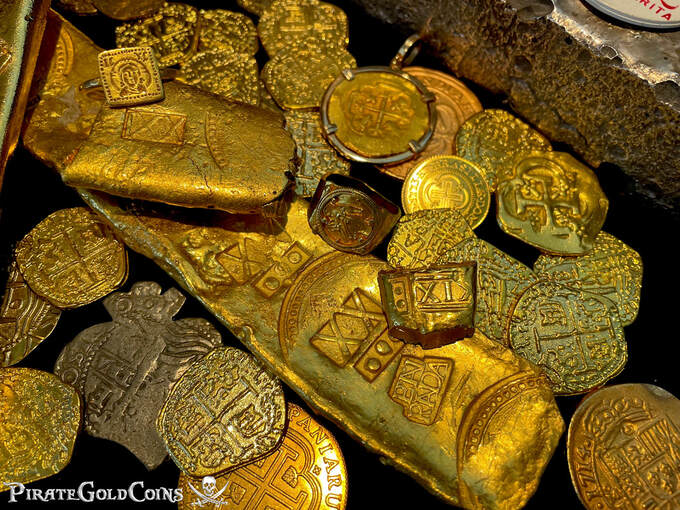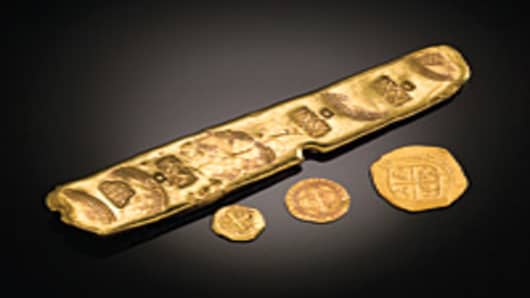
Gold coins, gems and historic artifacts that were lost at sea have captured the imagination of treasure hunters for centuries.
“As a child, everyone dreams of finding treasure,” says Dr. E. Lee Spence, an underwater archeologist who discovered several historically significant shipwrecks, including the Civil War blockade-runner, Georgianaand the Confederate submarine Hunley. “There’s romance and drama. But as an adult most people aren’t going to spend their lives trying to find it.”
For a minimal investment, though, you can find your own piece of sunken treasure without getting wet. And if you play your cards right, it might even produce a profit.
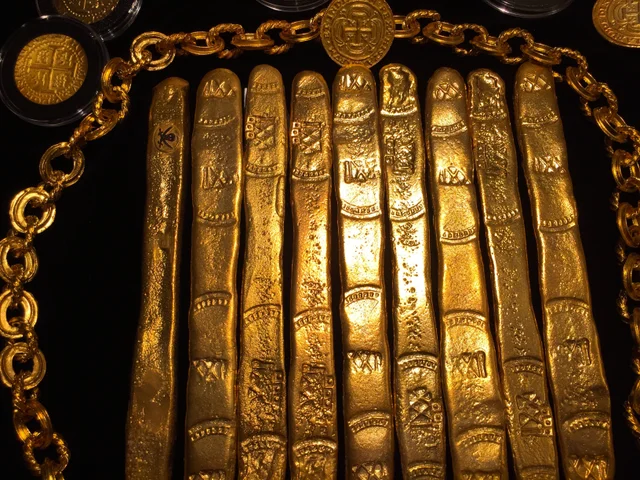
“I believe this area is currently undervalued as the prevailing wisdom now amongst archaeologists is to leave shipwreck porcelain in situ (buried), rather than remove it post excavation,” says Costas Paraskevaides, director of artancient.com, an online marketplace for historic artifacts, including items legally excavated from shipwrecks.
A number of countries, he notes, including Cambodia, have actually “enshrined this policy” in the UNESCO(United Nations Educational, Scientific and Cultural Organization) Convention on the Protection of Underwater Cultural Heritage in 2001, “with more likely to follow, including Vietnam.”
“My own view is that with a reduction in legal salvage operations, those legitimate pieces on the market are bound to appreciate,” says Paraskevaides. “Of course, the UNESCO 2001 convention would not cover shipwrecks found in international waters, but the big Chinese wrecks, which are of most interest to collectors as they contain porcelain, are mostly found in the territorial waters of Cambodia, Vietnam and Malaysia.”
Yi Cao hopes he’s is right.
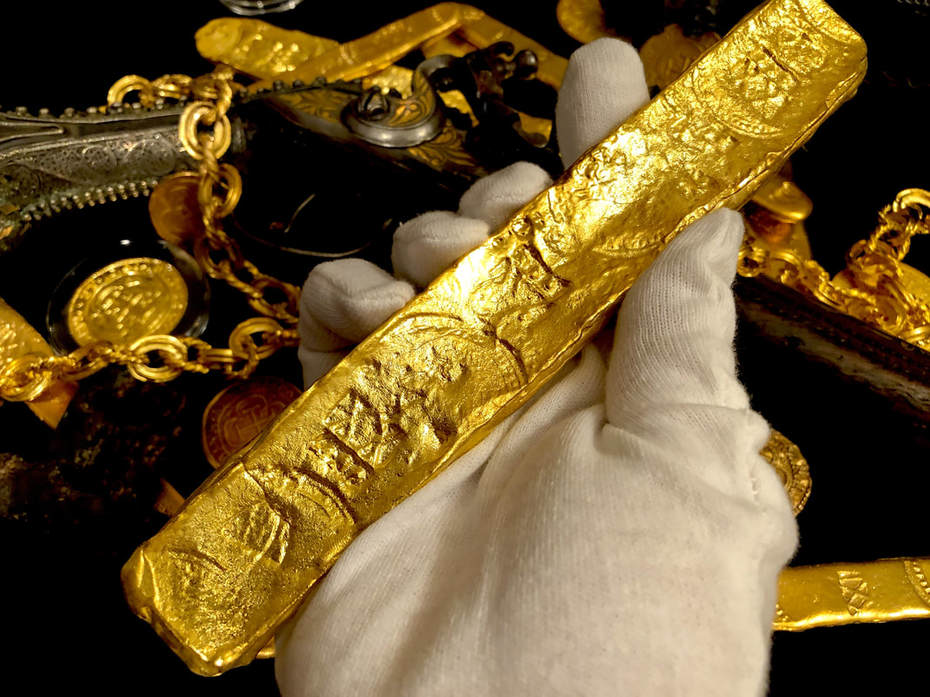
The Beijing native who now lives in Arlington, Va. purchased a 300 year-old shipwreck salvaged plate earlier this year for nearly $400. It was recovered from the Ca Mau wreck off Vietnam.
“It’s from the Qing Dynasty and it’s been fairly well-preserved by the water,” says Cao, who plans to purchase additional salvaged plates in the future. “This is just a hobby of mine and I do not plan to sell it anytime soon, but I believe the price will appreciate when collectors discover that they are of high quality and there are not as man of them available for sale as they imagine.”
What To Buy
While no data exists on average appreciation rates, treasures salvaged from shipwrecks tend to hold their value best when they’re in good condition and hail from famous wrecks, like the Atocha, the Spanish galleon lost off the Florida Keys during a hurricane in 1622.
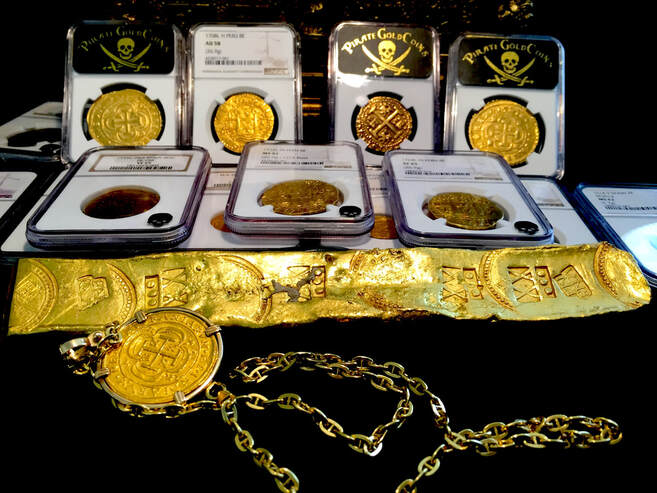
The ship, found in 1985 by Mel Fisher, was still carrying a $450 million cache including over 40 tons of silver and gold, Colombian emeralds, gold coins, silver and gold artifacts and over 1,000 silver bars.
Today, the Mel Fischer Maritime Museum in Key West, which displays some of the items, draws roughly 200,000 visitors per year. But some of the items are also for sale, according to its Web site.
High-grade authentic silver coin Reales from the ship sell for anywhere from $4,000 to $14,000. Likewise, an Atocha gold bar is listed for $88,000, an emerald ring for $150,000, a gold filigree locket with gold chain for $400,000, and a gold and emerald brooch for $1.1 million.
Metal coins and porcelain pieces recovered from less noteworthy wrecks, however, can be had for as little as $5. It all depends on your budget.
What To Avoid
Those with an eye toward ROI (return on investment), though, should watch their timing.
While new discoveries of treasure-laden shipwrecks create a buzz among collectors, appraisers at American Gold Exchange in Austin, TX., a rare coin company specializing in dealer-to-dealer trading, note that when the hype dies down shipwreck coins “generally turn into immense disappointments for the investors who paid the exorbitant prices commanded at the time of their initial sale.”
For example, those who bought gold coins at the initial offering from the S.S. Central America, the so-called Ship of Gold that was discovered in 1987 off the Carolina coast, watched the value of their investment ($14,000 per coin) fall by 45 percent over the first 18 months to $10,000.
“If you’re a history buff or a nautical hobbyist or a collector of numismatic (the study or collection of money) oddities, go head and buy a newly released shipwreck coin–but just one,” the company states on its Web site. “If you’re looking for a numismatic investment that’s likely to appreciate in value, however, we strongly recommend that you wait until the initial buzz has worn off and the excessive premiums have evaporated.”
It’s far more prudent, the company suggests, to purchase the last hundred coins of the dispersal than the first, which gives the market time to determine their true value.
